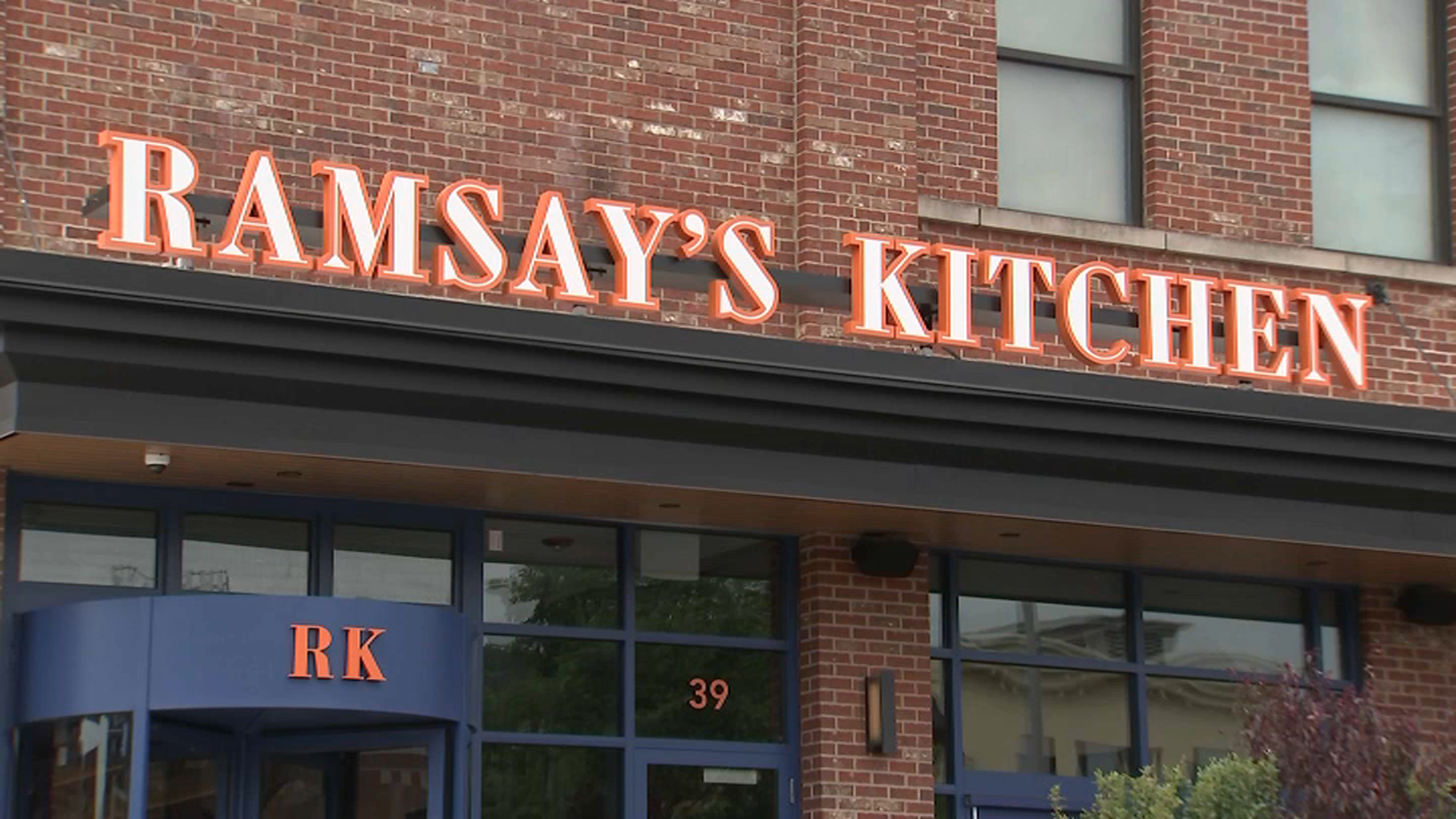“It’s time for the budget impasse to end,” said Elaine Maimon, president of Governor’s State University, as she sat in her office with the clock ticking down both on graduation and the spring session of the Illinois General Assembly. Facing a May 31st deadline there is no budget deal for the coming fiscal year and serious questions remain for the financial stability of the state’s public university system.
The strain on students, said Maimon, is profound.
“Oh yes that’s the biggest worry because students are anxious,” she said. “The state has to understand that treating us like collateral damage is just not good for the state.”
For college students across the state it is a time of caps and gowns and hopes and dreams. But the pomp of graduation is lessened by the circumstances in Springfield where Democrats and Republicans, including the governor, remain at odds.
Concern is on the face and in the voice of Maria Xoy, a junior at Northeastern Illinois University, who worries her MAP grant could be in jeopardy.
“I’ll become part of the statistic of people who just dropped out of school because they just couldn’t afford it anymore,” Xoy said while sitting with a group of others in the student center.
In the last two years, the public university system in Illinois has lost tens of thousands of students, in large part, educators say, to the ongoing budget stalemate in Springfield.
Local
From Eastern to Western to Southern Illinois universities enrollments are down, according to the Illinois Board of Higher Education.
Not including community colleges, there are nine public universities on twelve campuses across the state. As a whole, those universities, according to the union representing professors, are shrinking. Dramatically.
“We’ve lost 46,000 students from public higher education in the state,” said Steven Frankel, a Northeastern Illinois professor and Vice President of University Professionals of Illinois.
It doesn’t take a math minor to understand how just how major the financial problem currently is.
“In fiscal year ’16 we had a 70% cut in appropriation. And for fiscal year ’17, the year that we are in, we had a 50% cut in appropriation,” said Maimon. “There is no fat at all,” she said. “And in fact we are beyond muscle and bone. What we are being asked to do is cut off vital organs.”
“It’s pretty dire,” admitted Tom Cross, who heads the Illinois Board of Higher Education and said administrators have reached a watershed.
“They’ve made changes, they’ve made cuts,” said Cross a former Illinois House Minority Leader. “We are at that point now where they have run out of options.”
This academic year at Northeastern there have been eight furlough days for staff and administration. The potential brain drain of professors leaving is worrisome.
“It’s certainly something I think about and I know other students worry, too,” said Stacy Alikakos, a graduate student in geography and an undergraduate advisor.
“This is definitely an emergency,” said Justin Smith, who heads the student government association at Governor’s State.
“We have two leaders who won’t talk to each other,” he said, meaning Republican Gov. Rauner and Democratic House Speaker Michael Madigan.
And so the student, who is also a musician, put his frustrations into a song, titled “If We Had a Budget.”
“Please stop all this fighting before we leave forever,” the song urges.
“Students…have so much to offer this state and this nation and if we weren’t here and other regionals weren’t here, they would go nowhere,” Maimon said.
The good news is the classes will continue come fall quarter, she noted. But uncertainty remains on her campus as well as campuses across the state as administrators look to Springfield for funds to keep public universities open and vital.
Last year the state awarded no MAP grants, as schools including Governor’s State and Northeastern dipped into their budgets to provide financial assistance to students
For those, like Maria Xoy, with dreams of a college degree, concern grows by the day as she looks to graduate in June 2018.
“It’s in grasp but with what’s going on, it’s scary,” she said.



